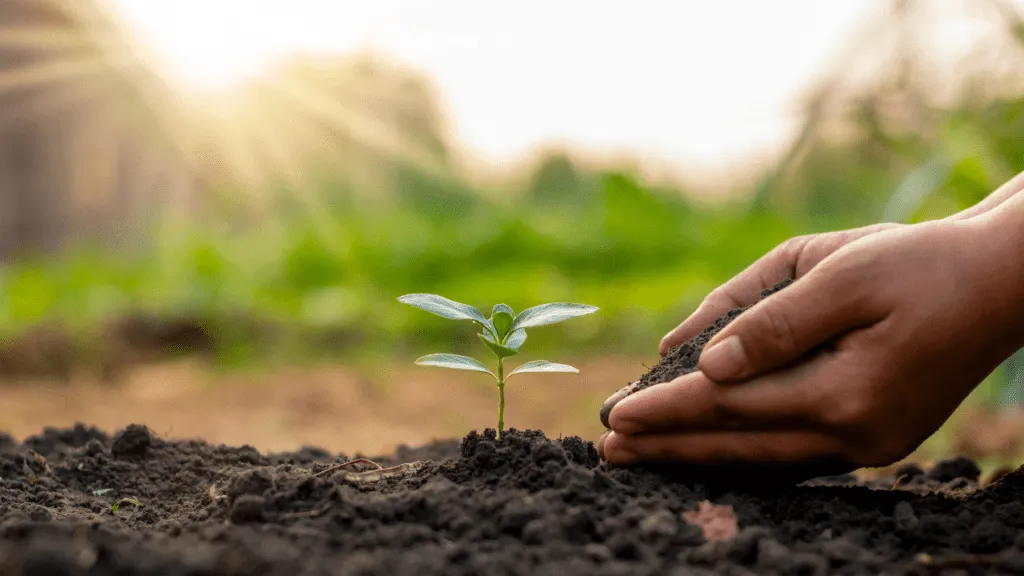Tree Planting Guidelines
Introduction
Importance of Tree Planting
Benefits to Environment and Community
Choosing the Right Tree Species
Consider Climate and Soil Conditions
Native vs. Non-native Species
Selecting the Planting Site
https://treemastersservices.com/easy-tree-planting-guidelines-step-by-step/Assess Sunlight and Shade Requirements
Soil Quality and Drainage Considerations
Preparing for Planting
Tools and Equipment Needed
Soil Preparation Techniques
Planting Process
 Digging the Hole: Depth and Width
Digging the Hole: Depth and Width
Handling the Tree Roots Gently
Proper Planting Technique
Placing the Tree in the Hole
Backfilling with Soil: Do’s and Don’ts
Watering and Initial Care
Watering Schedule: Frequency and Amount
Mulching Benefits and Application
Staking and Support
When and How to Stake a Newly Planted Tree
Adjusting Support Over Time
Pruning and Training
Pruning Young Trees: Importance and Timing
Shaping the Tree for Optimal Growth
Protection from Pests and Diseases
Common Threats to Newly Planted Trees
Organic Pest Control Methods
Monitoring and Maintenance
Regular Inspection and Care Routine
Signs of Stress or Poor Health
Long-term Growth and Development
Tree Growth Expectations
Providing Continued Care and Support
Environmental Impact and Community Engagement
Contributing to Biodiversity and Ecosystems
Involving Community in Tree Planting Initiatives
Conclusion
Summary of Key Points
Encouragement to Start Planting Trees Today
In today’s world, the importance of tree planting cannot be overstated. Beyond enhancing the aesthetic appeal of our surroundings, trees play a crucial role in mitigating climate change, improving air quality, and providing habitats for wildlife. Understanding how to plant trees correctly ensures their long-term survival and benefits for both the environment and our communities.
Choosing the Right Tree Species
Selecting the appropriate tree species is fundamental to successful tree planting. Factors such as climate, soil conditions, and local ecosystem compatibility should guide your decision. Native species often thrive best, requiring less maintenance and supporting local biodiversity.
Selecting the Planting Site
Identifying the optimal planting site involves assessing sunlight exposure, soil quality, and drainage. Trees have specific requirements regarding sunlight and shade, and their growth can be significantly affected by soil properties such as texture, pH levels, and nutrient content.
Preparing for Planting
Before planting, gather essential tools such as shovels, mulch, and watering cans. Proper soil preparation, including loosening compacted soil and removing debris, creates an ideal environment for new root growth.
https://treemastersservices.com/easy-tree-planting-guidelines-step-by-step/
Planting Process
When digging the planting hole, ensure it is wide enough to accommodate the spread of the roots and deep enough to cover the root ball adequately. Handling the roots carefully during planting prevents damage and encourages healthy establishment.
Proper Planting Technique
Place the tree in the hole at the correct depth, ensuring the root collar is slightly above ground level. Backfill the hole with native soil mixed with compost or organic matter, avoiding air pockets that can hinder root development.
Watering and Initial Care
Establish a watering schedule based on the tree’s needs, considering factors such as weather conditions and soil moisture levels. Applying a layer of mulch around the base helps retain moisture, suppresses weeds, and moderates soil temperature.
Staking and Support
While some trees may require initial staking for stability, avoid over-reliance on stakes to allow natural trunk development. Adjust stakes and ties regularly to accommodate growth and prevent damage from constriction.
Pruning and Training
Pruning young trees promotes proper structure and enhances long-term health and aesthetics. Remove dead or damaged branches and shape the tree to encourage balanced growth and canopy development.
Protection from Pests and Diseases
Newly introduced saplings are susceptible to infestation by pests and diseases. Implement integrated pest management practices and monitor for signs of infestation or disease early to mitigate potential damage.
 Monitoring and Maintenance
Monitoring and Maintenance
Regularly inspect trees for signs of stress, such as wilting or discoloration, and adjust care practices accordingly. Maintain a routine schedule for watering, mulching, and pruning to support healthy growth and development.
https://www.instagram.com/best_tree_services_?igsh=aDBzbmVwNWZ4MXM3
Long-term Growth and Development
Understanding the growth expectations of the selected tree species guides ongoing care and maintenance efforts. Provide continued support, such as supplemental watering during dry periods and periodic fertilization, to ensure optimal health and resilience.
Environmental Impact and Community Engagement
Beyond their ecological benefits, trees contribute to community well-being by enhancing property values, reducing energy costs, and fostering a sense of pride and stewardship. Engaging communities in tree planting initiatives promotes environmental awareness and collective action for sustainability.
Conclusion
Effective tree planting involves thoughtful preparation, proper technique, and ongoing care to ensure the survival and growth of trees. By choosing suitable species, preparing the planting site diligently, and implementing sound maintenance practices, individuals can contribute positively to the environment and their communities.